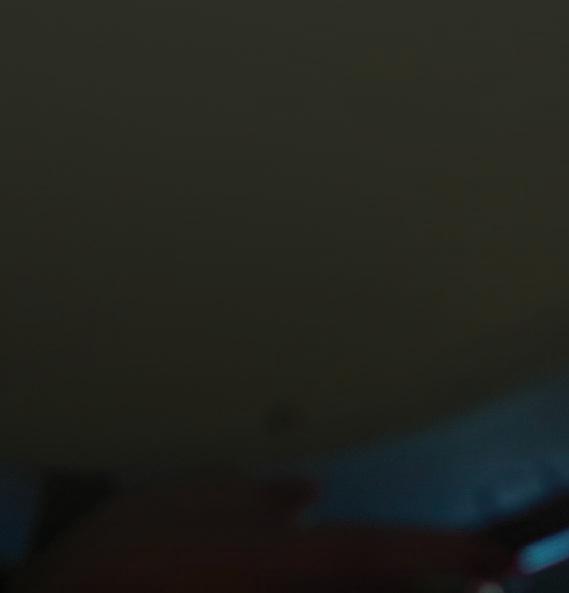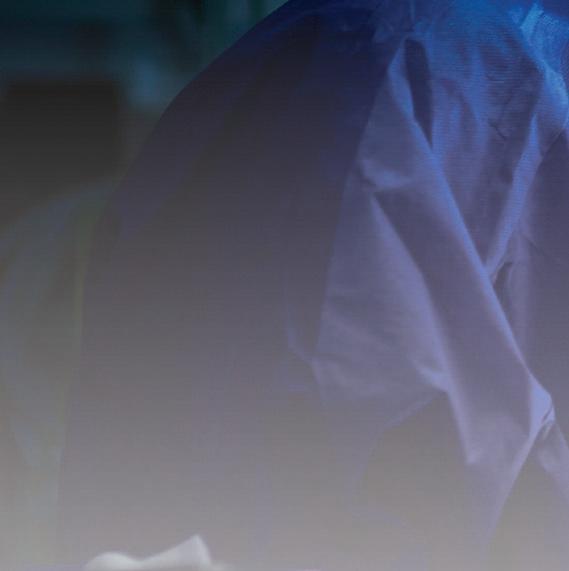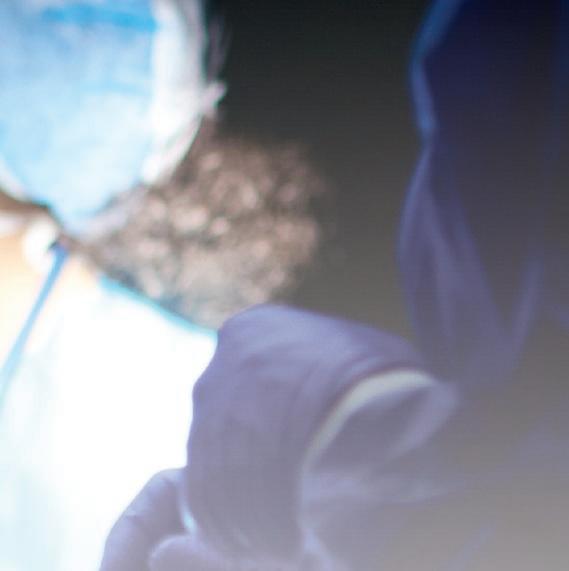
6 minute read
Future Outlook
Martin Richards, Editor-in-Chief
The prevalence of myopia is high and increasing with approximately 5 billion people around the world expected to be myopic by the year 2050.1 Methods to delay the onset and slow the progression of myopia, and therefore potentially decrease the myopia-associated sight threatening complications, have the potential to impact the individual, the economy and health care systems.
Routine Appointments for Childhood Eye Examinations Should Be Routinely Scheduled
Parent surveys provide insights into awareness about their child’s ocular health; they believe that vision screening is the same as a comprehensive eye examination, and are only likely to visit their eye care professional if they or someone they know, like a schoolteacher, notices a problem.2 This can be the case even for myopic parents who may not be aware that their myopia might be hereditary.3 Given that the age of onset of myopia typically occurs between age six and fourteen years of age, comprehensive eye examinations must be on the agenda for all children as part of their overall healthcare assessments through the school years. Good vision is critical to help ensure that children do not miss out educationally, or suffer detrimental effects to their social development with long lasting impact into adulthood.4 The importance of comprehensive eye examinations for young children has never been more important with enforced lock-downs and quarantines resulting in a swift educational restructuring that relies primarily on extra time spent indoors in front of screens to attend classes, likely exacerbating environmental issues that have been shown to affect myopic progression.5 While these changes are not permanent, the push toward digital reliance and remote work has inevitably impacted the nature of work and study, placing more responsibility on parents to implement and maintain conscientious approaches to balancing outdoor time, and imposing breaks and time limits on near work and the use of digital devices.5
Understanding the refractive status of children and comparing this with expected age-normal values is well within the remit of eye care professionals and can help to identify those children at risk of over-shooting the emmetropinisation process and becoming a myope of the future. This knowledge can support a clinical management protocol where
children identified as ‘pre-myopes’ (children at risk of becoming myopic) can be advised on increased time outdoors and reduced near work, and an appointment schedule for close follow-up agreed. Delaying the onset of myopia may help reduce the magnitude of the final prescription.6 Children who become myopic, or those that already are myopic and wearing conventional single-vision correction, can be offered myopia management options to help slow down eye growth progression rates to help reduce the risk of myopia related vision complications later in life.7
Advancements in the Landscape of Childhood Myopia Management
MiSight® 1 day (CooperVision, Inc.) is a soft, daily disposable contact lens designed specifically for myopic children and was the first myopia control intervention to be granted a CE indication and has been available for a decade. Several other optical interventions for myopia control with CE approval have become available including other soft contact lenses and orthokeratology. In 2019, MiSight® 1 day became the world’s first and remains the only myopia management intervention to be FDA approved in the USA.8* It is expected more innovation and research will be seen in the coming years, resulting in an increasing array of interventions that offer clinical benefits in reducing myopia progression in children. The American Academy of Ophthalmology has recently created a taskforce in recognition of the substantial global increases in myopia prevalence and associated complications and has set out their key objectives to help formulate an action plan to address the issue from a range of perspectives including education, collaboration and advocacy.9 This aligns with their 2018 stance that makes it clear that ‘it is essential for ophthalmologists to work with optometrists, who are frontline providers, to determine a collaborative frame work and referral patterns to prevent myopic progression, educate patients on the risks of myopia, and proactively address associated pathology to serve the best interest of our patients’.10
The window of opportunity to intervene with myopia management is small, and eye care professionals need to act with a sense of urgency to offer the best options for children to benefit the most leading to better visual outcomes both in the short and longer term.11
References:
1 Holden BA, Fricke TR, Wilson DA et al. Global Prevalence of Myopia and High Myopia and Temporal Trends from 2000 through 2050. Ophthalmology. 2016; 123:1036-42. 2 CooperVision Data on file. GMAC –parent survey; 2019 3 CooperVision, Inc. data on file 2019. Online survey in UK by YouGov Plc; n=122 myopic parents with children 8-15 years 4 Hannum, Emily and Yuping Zhang. 2008. “Poverty and Proximate Barriers to Learning: Vision Deficiencies, Vision Correction and Educational Outcomes in
Rural Northwest China.” PARC Working Paper Series, WPS 08-05. 5 Wai WONG C, TSAI A, Jonas JB, et al. Digital Screen Time During COVID-19 Pandemic: Risk for a Further Myopia Boom? Am J Ophthalmol. Published online
July 30, 2020. doi:10.1016/j.ajo.2020.07.034 6 Jones LA, Sinnott LT, Mutti DO, et al. Parental history of Myopia, sports and outdoor activities, and future myopia. Invest Ophthalmol Vis Sci. 2007;48:3524e3532. 7 Tideman JW, Snabel MC, Tedja MS, et al. Association of axial length with risk of uncorrectable visual impairment for Europeans with myopia. JAMA Ophthalmol. 2016;134:1355-1363 8 https://www.fda.gov/news-events/press-announcements/fda-approves-first-contact-lens-indicated-slow-progression-nearsightedness-children accessed 15/1/21 9 Reducing the Global Burden of Myopia by Delaying the Onset of Myopia and Reducing Myopic Progression in Children. The Academy’s Task Force on Myopia https://doi.org/10.1016/j.ophtha.2020.10.040 10 Modjtahedi BS, Ferris FL, 3rd, Hunter DG, Fong DS. Public Health Burden and Potential Interventions for Myopia. Ophthalmology 2018;125:628-30. 11 Arumugam B, Chamberlain P, Bradley A et al. The Effects of Age on Myopia Progression with Dual-Focus and Single Vision Daily Disposable Contact Lenses.
Optom Vis Sci 2020;97(E-abstract):205340, AAO 2020 Poster
* FOOTNOTE (Applies to USA only): Indications for use: MiSight® 1 day (omafilcon A) soft (hydrophilic) contact lenses for daily wear are indicated for the correction of myopic ametropia and for slowing the progression of myopia in children with non-diseased eyes, who at the initiation of treatment are 8-12 years of age and have a refraction of -0.75 to -4.00 diopters (spherical equivalent) with ≤0.75 diopters of astigmatism. The lens is to be discarded after each removal.
Notes:





Healthcare Professionals Make More Effective Evidence Based Clinical Decisions With Hospital Reports


For the past decade, Hospital Reports has been helping healthcare professionals, within both public and private hospitals, to improve patient outcomes Our Special Reports provide readers with an unparalleled depth of information on specialist subjects, which receive limited coverage in the mainstream medical media. Each report is designed to help healthcare professionals to make more effective treatment decisions, by providing a unique mix of: • Subject specifi c clinical information • Insight and knowledge from internationally recognised key opinion leaders • Clinical guidelines • Independent data and analysis • Unbiased editorial content











